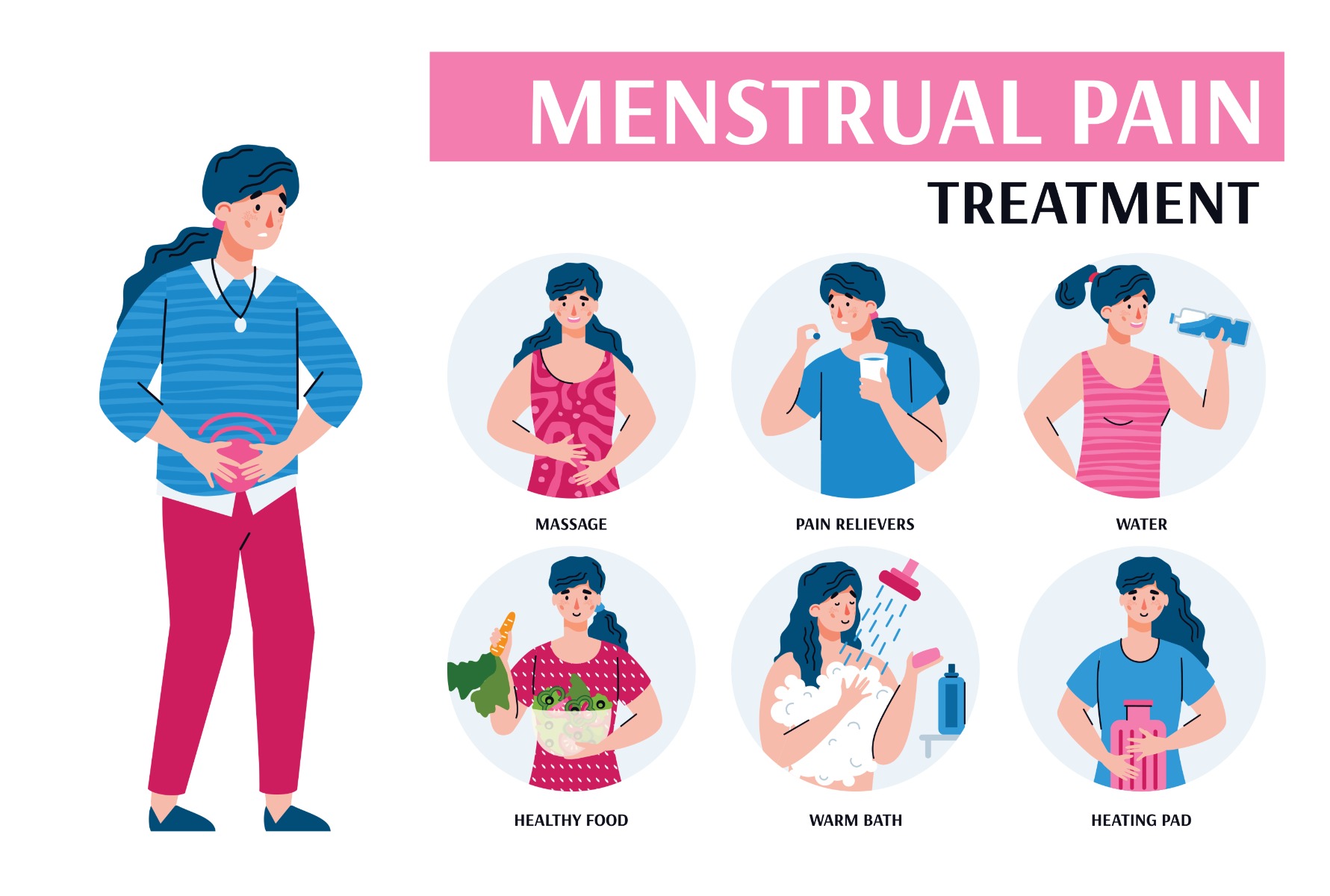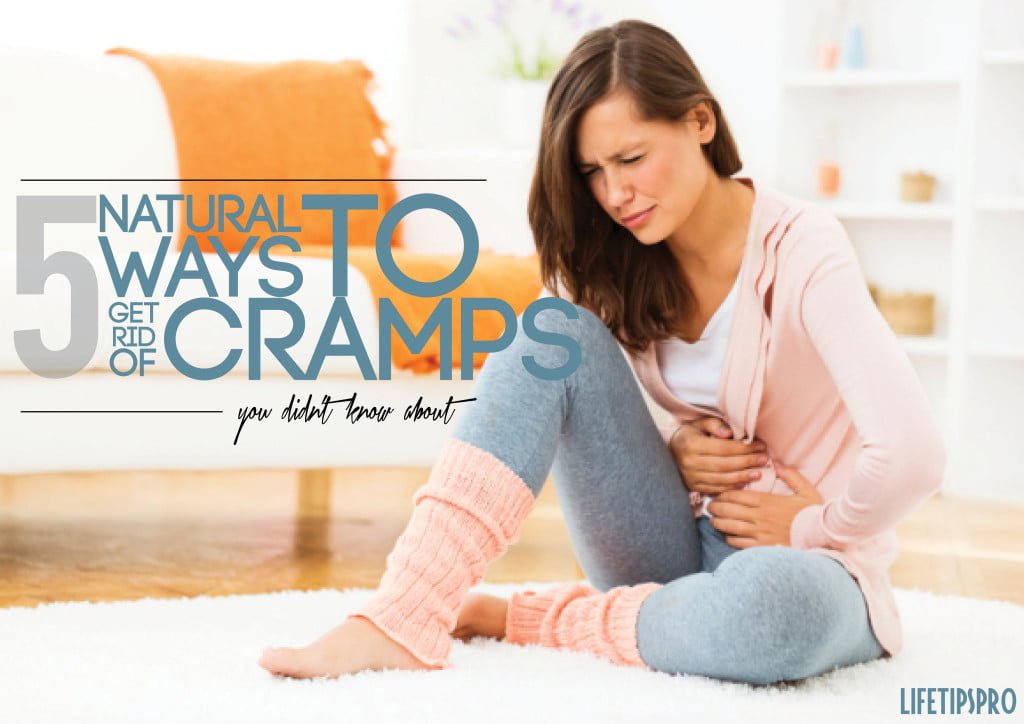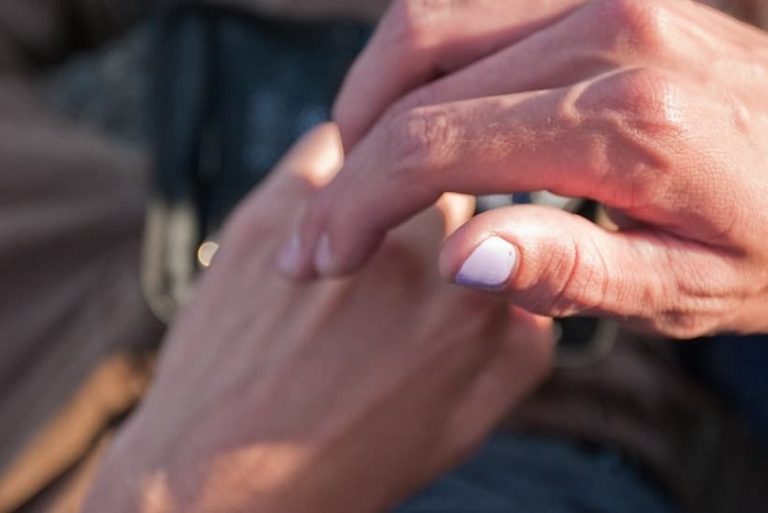Recommendation Info About How To Get Rid Of Your Cramps

Overview leg cramps at night what are leg cramps?
How to get rid of your cramps. Plus, these herbal teas can have. You should be able to treat a cramp on your own, but see a doctor if your cramps are severe, you get them often, or you have other. Raspberry leaf, chamomile, thyme and oolong teas can help relieve menstrual cramps.
Massage the affected muscle. Was any of this explained to you? [4] gently knead your fingers into the cramped portion of the muscle and see if that.
At the onset of a calf cramp, lift your other leg or lean to the side. Stretching or applying heat or ice can help relieve a muscular cramp.
Give these foods a try: Stretching stretching the area that has the muscle spasm can usually help improve or stop the spasm from occurring. Making some changes to the diet may reduce menstrual cramping.
Diagnosing muscle cramps. Overwhelming period pain can have a tremendous effect on your quality of life. Method 1 treating calf cramps download article 1 transfer your weight to your cramped leg.
Slow down if you are running and get a side cramp. For best results, start taking a. Download article use ibuprofen (advil, motrin ib) or naproxen sodium (aleve).
Electrolyte imbalance (having too many or too few salts and minerals like potassium, magnesium and calcium, in your body). Reduce your pace once you feel the. Aspirin, ibuprofen, and naproxen sodium lessen pain and make you cramp less overall.
To keep your muscles long and limber, try a dynamic warm up before your next sweat sesh. Below are stretches for the muscles in your. Painful menstrual cramps are caused by uterine contractions and increased levels of prostaglandins.
Magnesium if you regularly have leg cramps that aren’t related to a more serious condition, you might try adding more magnesium to your diet. Standing up and putting your weight on. Leg cramps are sudden, involuntary, intense muscle pains usually in your calf, foot or thigh.
A health care provider can show you stretching exercises that can reduce the chances of getting muscle. You live a sedentary lifestyle. If one has increasing period pain over time, general pain in the lower abdomen, or pain during sex, or while passing stools or urine, these could be signs of.















:max_bytes(150000):strip_icc()/avoid-stomach-cramps-when-running-4179039-v1-5c3b966dc9e77c00010a98b8.png)


